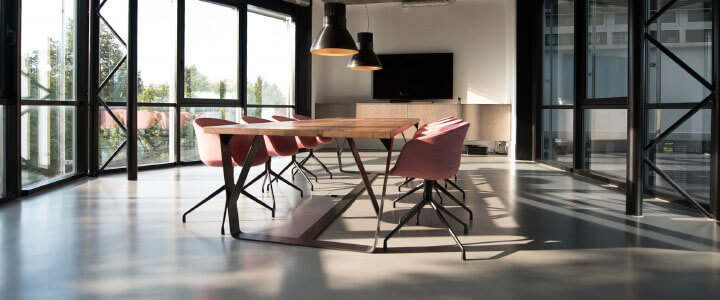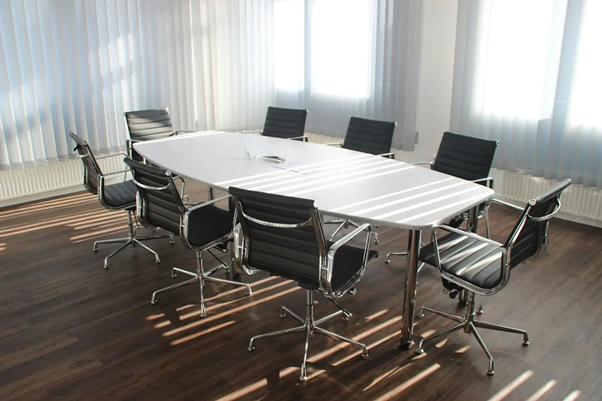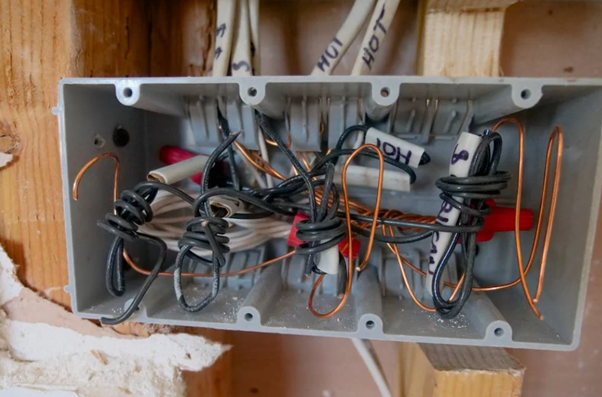Refurb or Defurb? How to Choose the Right Look for Your Office

Many of us can recall occasions when we have yearned for a change of scenery – and, alarming though it may initially sound, your own workers could soon be itching for such a change. It can be important that, from time to time, you revamp your premises to help keep the firm relevant.
That way, you can give your workers less incentive to consider leaving the company – but, while refurbishing your office might seem the most obvious step forward, there’s an alternative strategy which has become popular among commercial outfits as of late: back-to-basics “defurbishing”.
Defurbishment: the Minimalist Approach to Workplace Design
You might be full of exciting ideas for how you could revitalise your workplace. Options include hanging up art, arranging pool tables and perhaps even building an on-site library or swimming pool for your employees’ ready use. However, could all of this add up to a rather daunting bill?
For this reason, it’s easy to see why, recently, “defurbishing” – where materials, coverings and more are removed from an office rather than vice-versa – has taken off in popularity. In theory, it can save you money while, paradoxically, freeing up space that an extension otherwise could have got you.
Leaving the likes of ductwork, wiring and pipes exposed can make for a surprisingly endearing “industrial-chic” look. In 1960s and 1970s buildings with low slab-to-slab heights, defurbs can also help in preserving precious space that traditional suspended ceilings could otherwise sacrifice.
Would a Defurb Really Be Right for You?
It’s easy to assume that defurbs, since they supposedly entail removing rather than adding elements, would be less expensive than refurbs for giving your office a makeover. However, be warned: it might not quite work out this way in practice.
This is because those dull white walls could be hiding something aesthetically even worse, as Savills warns. Meanwhile, the ductwork on which your air-conditioning relies could be a simple case of “it does the job”; after all, its look may have been a relative afterthought to the original manufacturer.
All of this means that the onus could be on you to appropriate the newly-exposed materials into architectural focal points – a task that requires craft and attention to detail. Furthermore, getting a bare brick wall repointed could end up costlier than putting plasterboard over it.
Easy-to-Overlook Merits of Traditional Refurbishment
That’s traditional in process rather than necessarily the resulting design – as, of course, a redesign that leaves the office looking overly safe and dull can ultimately defeat the object. Whereas a defurb can risk attempting to be too clever for its own good, there are tangible benefits of a refurb.
For example, because general tender rates of construction costs have risen by 10-12% since the Brexit vote as per a LinkedIn article, an office refurbishment can be a better-value alternative to having a new office built entirely from scratch. Furthermore, an excessively minimalist office can risk hampering your staff’s productivity, as eye-opening research cited by the Guardian demonstrates.















